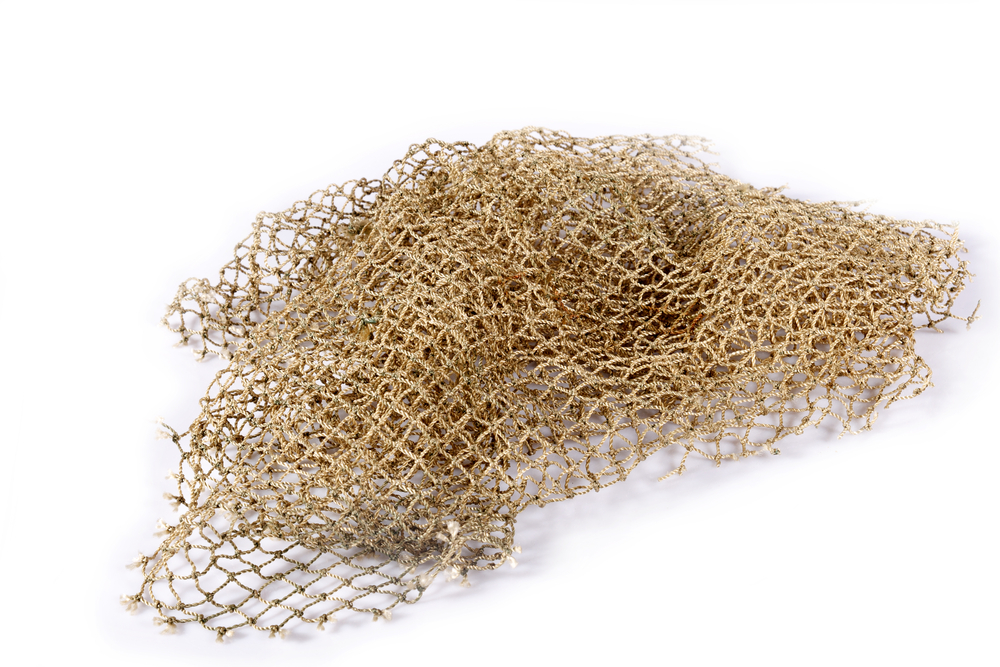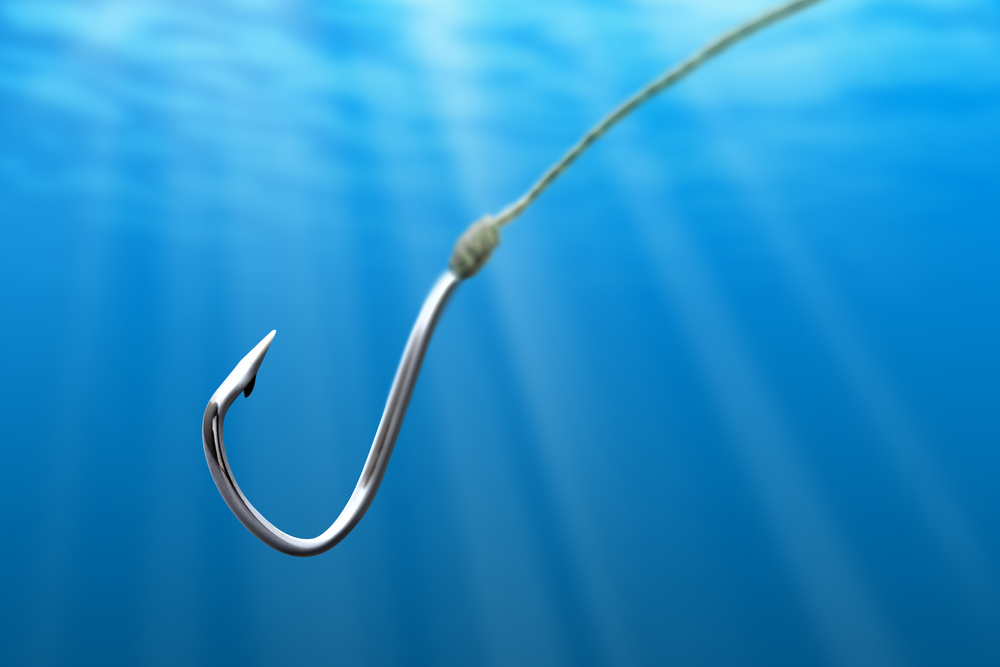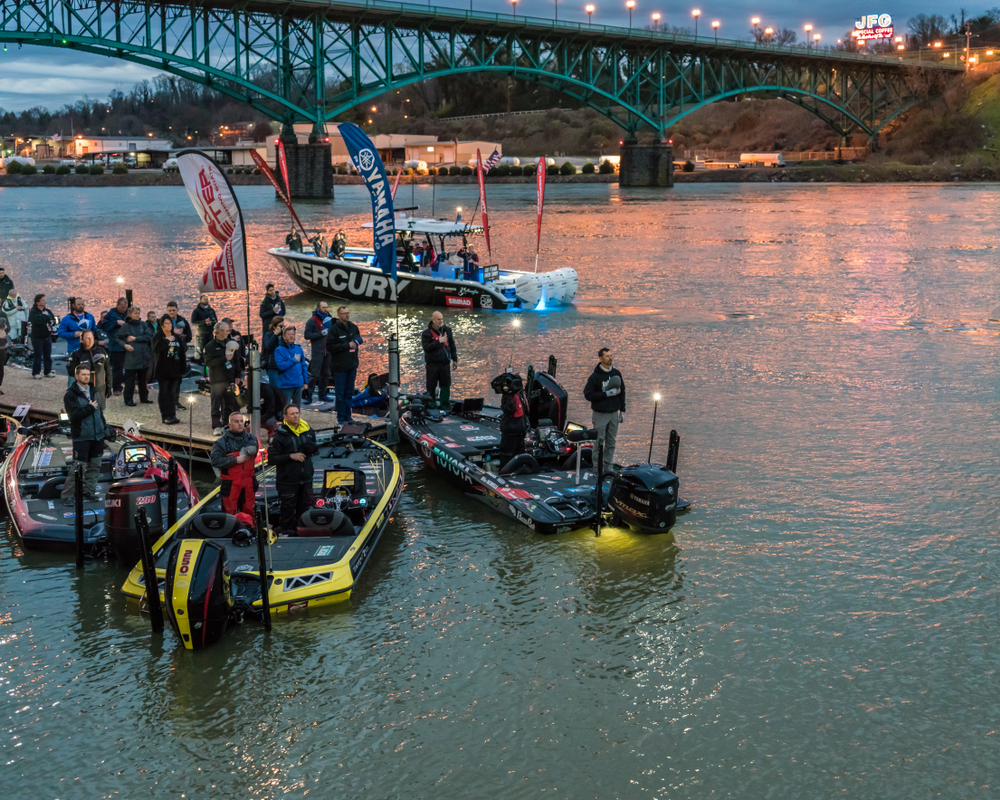The Evolution of Fishing Gear: From Ancient Times to Modern Technology
Typically, our team tries to provide the best tips we can to help you improve your bass fishing technique and learn how to fish for bass like a pro. We want you to be the best you can be. Today, we’re going to do something different.
Instead of in-depth guides and product overviews, we’re going to take a trip through time to see how our favorite sport has evolved over the years.
Fishing has been a crucial part of humanity since we first started making tools, and there’s a lot to go over.
So, here’s the evolution of fishing gear. Let's get started.
The Earliest Form of Fishing
The first time a man pulled a fish out of a body of water was very different in comparison to how we do it today. They didn’t have complicated rods and reels with an infinite pool of lures to choose from. They didn’t take tackle boxes, hook worms to anything, or use any type of plastic lure.
Instead, they used a variety of tools to capture what we treat as trophies and a fun time.
Now, it is important that we strongly stand by CPR standards, and we don’t want any game fish to be taken from your local waterway to be eaten. However, the methods we’re about to detail are from a different time when fishing was purely meant to provide food for early families.
With that out of the way, the earliest fishing equipment was very different. No one was casting or trying to trick a fish. For the most part, fishing relied on traps and mass-gathering tools.
The most simplistic way people could fish, outside of just doing what we call noodling, was to walk through the water with a hand-tied net and scoop up whatever happened to get in the way of the net. This is something you likely recognize, but we’ll talk about that later.
Another method was a fish trap. These devices all resembled modern crawfish traps. They were designed to let fish swim into them, but the fish were too stupid to swim out. So, a simple basket weaved from various plants could turn into an easy fishing method.
Finally, spears and bows have been used to take a more direct approach to fishing since each of those items was invented. Many of our ancestors would stand over shallow water with a pointed stick and attempt to spear something big enough to feed their families.
As we said, these methods obviously aren’t compatible with modern views on game fishing, but they’re important for fishing’s history.

The First Fishing Poles
At this point, we’re still nowhere near the type of tech we use today. However, you can still find this tech commercially available and in the same general material options. You can do it cheaply, too.
The first “rods” to be used were cane poles.
These were fishing poles cut from lengths of sugar cane and other cane species. Bamboo was also frequently used in parts of the world where it grew.
Rather than a reel, the line was tied at two points on the pole, and then a length of line about the same length as the pole was allowed to dangle off the end. That was it. The line also wasn’t fancy braided polymer or monofilament. It was made of linen or other natural fibers.
For tackle, things were very similar to what we know today, but they were still very different.
The most common type of hook at first was a “gouge hook”. This was a small stick or piece of bone that was sharpened at both ends. The line was tied in the middle, and the hook didn’t exactly “hook” anything. Instead, the fish would swallow the gouge hook with one point going directly down its throat, and the idea was that the hook would turn in its stomach.
Being horizontal, the hook could not come out. These are still used by some tribes, and it’s a skill taught in some survival schools due to how difficult it is to manufacture proper hooks in the wild.
Bait was largely the same as it is today. Baitfish species haven’t changed much, and insects certainly haven’t. That’s what our ancestors used almost exclusively. They would jam a gouge hook through an insect, toss it into the water, and wait until a fish took the bait.
This is where historical fishing started to look a lot more similar to what everyone thinks of today, but it was still far less technologically advanced. They didn’t even have reels.
The First Metal Fishing Hooks
One thing every single fisherman alive today knows about, whether they’re weekend warriors or commercial tuna anglers, is the necessity of a good fishing hook. So, when did metal hooks first start to pop up?
Well, that was around the 1600s. Granted, they weren’t nearly as good as our hooks today.
The original metal fish hooks closely resembled the gouge hooks we just talked about. Except, they were made of metal and very unlikely to break into a fish’s stomach while the fish fought.
The first genuine hooks popped up during the same period, and they were typically very simple. Most didn’t have any sort of barb, and they were essentially iron-shaped into a J shape and sharpened at one point.

It’s important to realize that humanity still hasn’t seen a fishing reel yet. While fishing reels are fairly simple, the norm was to use a pole-style fishing rod to just lift fish out of the water. It was a simpler time, and the anglers did not intend to throw anything back. So, manhandling them out of the water wasn’t a major concern back then.
Handline Fishing: The First “Reels”
We’ll talk about the first actual fishing reels soon, but it’s important to talk about their predecessors. The first version of a fishing reel was actually made in the 1200s. You didn’t reel it, though.
The first fishing reel was a “hand reel”. It was essentially a stick that string was wrapped around. Early anglers would hold their bait in one hand, toss it out to cast, and they’d let the string naturally pull off the stick until it hit the water. When a fish bit the bait, they’d pull the string and start wrapping it around the stick.
Fundamentally, that’s the same way a reel works. Except, you don’t have to worry about getting rope burns fighting a big bass or taking forever to wrap a line around a stick. A reel does that for you.
These aren’t gone, either. Hand reels have become popular with various groups of outdoorsmen in the US recently. They’re considered “survival” reels, and they’re often pushed as great options by figures such as David Canterbury and other major figures in that media space.
In some countries, hand fishing is still the primary way to catch fish. It’s cheap and easy, and basically, anyone can make a hand reel. Albeit, those countries typically use nylon strings, and the stick-like tool is carved to help keep the line on and make it more comfortable to hold.
The First Modern Reel
The first modern reel isn’t very old. It popped up in 1905 officially. It was invented by Albert Illingworth, and it was the first spinning reel. The design was almost exactly like the same spinning reels we all use today.
However, that wasn’t actually the first modern type of fishing reel. The idea had been tinkered with throughout the late 1800s, and a wide variety of models were made leading to that first spinning reel.
It’s also important to remember that the first spinning reel didn’t provide the same experience that we have today. Manufacturing practices weren’t nearly as precise, there were no fancy magnet or brake systems, spring-loaded features weren’t too common, and in general, it would have been the worst spinning reel you’ve ever experienced. It was something very special when it was first made, though.
The First Fishing Rod
The first time “modern” fishing rods hit the market was in the 1800s, and it was eventually paired with the pre-1905 attempts at making reels.
Originally, rods were made of bamboo and cane plants. The plants were split into shafts, tapered, and then reconnected to create something a bit more complex than your average cane pole.
These didn’t last too long, though.
Toward the turn of the century, and throughout the early 1900s, fishing rods started to be painstakingly manufactured from wood, and the Industrial Revolution brought steel and aluminum fishing rods to the market.
Further Reading: Fishing Rod Materials Explained: Which is Right for You?
The First Modern Lures
Throughout much of the period we’ve talked about thus far, humans tried to trick fish with rudimentary objects. Sometimes, it worked. However, lures didn’t become popular until fishing became a sport.
You have to remember that fishing was a means to feed a family for the majority of human history. It wasn’t until George Perry caught the first world record largemouth bass, weighing more than 20 pounds, that people started caring about sportsmanship. That was in 1932.
However, George’s catch made the news around the world. That sparked a ridiculous amount of interest in fishing during a time when it was starting to die off a bit, and soon, sport fishing became popular.
The first proper lures, including the one George Perry used, were made of wood or metal, and they resembled the crankbaits that we use today. Then, soft plastic worms on pre-built hook rigs were made, and soon, the lure market exploded.
Just like today, companies seem to come up with new lures every single day. This was really the period that saw our modern hobby become a reality. It’s also when people first started fishing without the intent to eat. They just wanted to have fun.
Keep in mind that it took almost 20 years for the fishing craze to really pick up steam. Even after George Perry’s miraculous catch, people didn’t fish too much unless it was to put food on the table, and it took time for a sport to grow out of the hype.
The Beginning of Tournaments and Modern Fishing Culture as We Know It
The first bass tournament was the Central Texas Invitational by most accounts. It wasn’t huge by modern standards, but it was the official start of what we know as bass fishing.
Tournaments are major parts of the fishing community even for the majority that doesn’t participate in any serious tournament. Tournaments are what most sport-minded anglers dream of, and the idea of catching the biggest fish possible stems from the tournament mindset.
This would spark the creation of tournaments that still operate today such as the Bass Master Classic, and it would be a driving force behind bass conservation efforts.
Speaking of which, 1970 saw the first official effort to conserve bass populations. Manufacturing companies were polluting waterways, and BASS, or Bass Angler Sportsman Society, decided to take the matter to court.
With bass fishing growing in popularity, the need to preserve largemouth bass species became apparent. Catch and release started to become a popularized concept after thousands of years of seeing bass solely as food, and the fishing world we know today started to take shape.
1971 is when the first Bass Master tournament took place, and it’s still a spectacle that shows off the world’s best anglers to this day.

The Modern Fishing World and Ways Our Equipment Connects to the Past
Finally, we’re in the modern era, and you’re likely very familiar with the type of gear we use today.
Fiberglass and graphite rods reign supreme, and there are even options that blend the two, we have extremely high-tech reels that are smooth and feature-rich, our lures are mass-produced with extreme precision in nearly infinite styles, and there isn't really a lot more that we can do unless there is a massive leap in technology that completely reinvents the sport. We can make adjustments and minor changes to designs, but what we have now is likely what we’ll have for a long time.
However, we’re not entirely away from our ancestral roots.
Earlier, we mentioned netting and fish traps. Those are still used today, but they’re primarily used to catch bait. The earliest rods and reels are mostly the same general design, but they’re more refined and made with higher-quality materials.
The earliest attempts at teaching anglers to respect game fish and preserve them for generations to come have led to a modern culture that simply doesn’t catch bass for food anymore.
A lot has changed throughout the evolution of fishing gear, but the core principles of fishing have stayed the same, and as long as we keep it alive by teaching our children, the sport will stick around for centuries to come. It’s not even likely to change all that much.
Ready to Enhance Your Fishing Experience?
Ready to put this historical knowledge into practice?
Our bass fishing app provides you with tips and tricks you won’t get anywhere else, real-time weather updates, a spot-on solunar, and more. Check it out today.

.png)
.png)